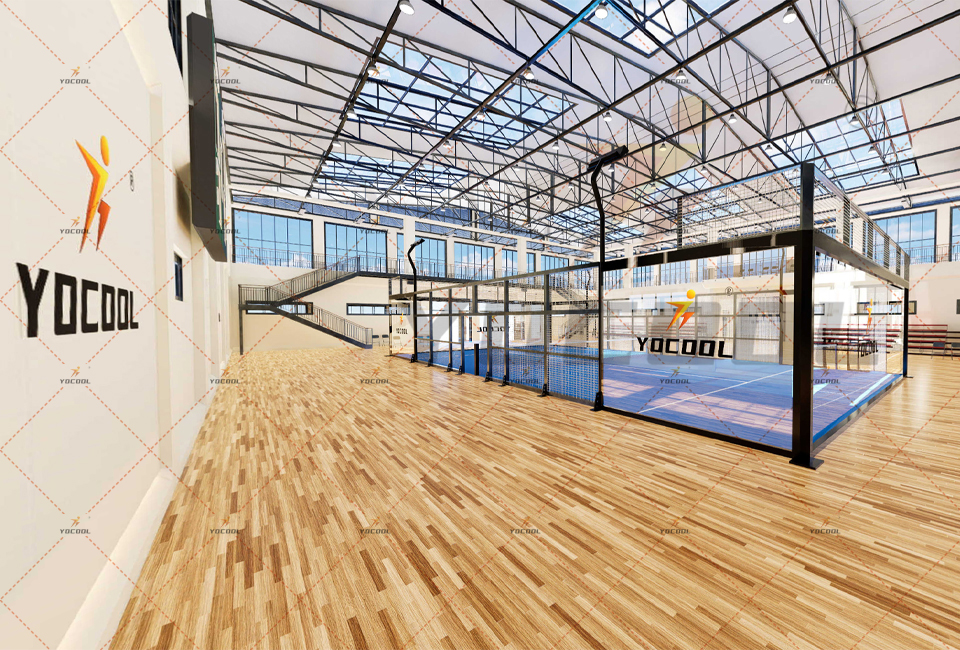

The Exciting Worlds of Racquetball and Tennis A Comparative Exploration
Racquetball and tennis are two dynamic racquet sports that have captivated players and audiences around the globe. Both sports share a similar foundation, utilizing racquets to hit a ball, yet they offer distinctly different experiences in terms of gameplay, rules, and environments. This article delves into the exhilarating realms of racquetball and tennis, highlighting their unique characteristics, comparative advantages, and what makes each sport compelling.
Origins and Evolution
Tennis has a rich history that dates back to the late 12th century in France. Originally played with the palm of the hand, it evolved into its current form in the late 19th century, complete with standardized rules and equipment. The game quickly gained popularity, earning a prominent place in the sports world, culminating in prestigious tournaments like Wimbledon and the US Open.
Racquetball, on the other hand, is a relatively newer sport, created in the 1950s by Joseph Sobek in the United States. Designed to be played indoors, racquetball was conceived as a more dynamic and fast-paced alternative to squash. Its rules were developed to maximize player engagement, making it an exciting addition to the repertoire of racquet sports.
Playing Environment
The setting in which each sport is played is a significant factor in determining its style and pace. Tennis is predominantly an outdoor game, although it can also be played indoors. Most tennis courts are rectangular in shape and can feature different surfaces, including grass, clay, and hard courts, each affecting gameplay and strategy. The outdoor nature of tennis means that players must also contend with weather conditions, wind, and sunlight, which can add an extra layer of complexity to the game.
In contrast, racquetball is played in a fully enclosed indoor court, typically 20 feet wide, 40 feet long, and 20 feet high. This environment allows for a different pace and style of play, with walls serving as boundaries that the ball can rebound off, creating strategic opportunities that are not present in tennis. The enclosed space also enhances the intensity of the game, as players can hit the ball at high speeds without worrying about external elements.

Gameplay Dynamics
Tennis is played between either two players (singles) or four players (doubles), and the objective is to score points by hitting the ball over the net into the opponent's court. The diverse range of strokes, from powerful serves to skillful volleys and backhands, lends itself to a tactical and strategic approach. Players must carefully anticipate their opponent's moves while devising unique strategies to gain the upper hand. The frequent changes in momentum and the scoring system—games, sets, and matches—add layers of excitement and drama to the competition.
In contrast, racquetball emphasizes quick reflexes and agility with a focus on continuous action. The game involves hitting a small rubber ball against the front wall, with each player taking turns. The goal is to outmaneuver the opponent to score points, making it crucial for players to stay alert and maintain swift footwork. The closed court design allows for rapid exchanges and fast-paced rallies, keeping players engaged and pushing their physical limits.
Fitness and Skill Development
Both racquetball and tennis offer excellent forms of cardiovascular exercise, promoting overall fitness and well-being. Tennis provides an opportunity for players to develop strength, flexibility, and hand-eye coordination through its varied strokes and movement patterns. Additionally, the social aspect of tennis—playing doubles or participating in clubs—can enhance motivation and enjoyment.
Racquetball, while similar in its fitness benefits, tends to place a greater emphasis on agility and quickness due to the nature of the indoor court and continuous gameplay. Players must develop exceptional reflexes and stamina to excel, as the fast pace can be physically demanding. The individual nature of racquetball makes it an ideal choice for those who prefer solo exercise or have limited access to partners.
Conclusion
Racquetball and tennis, while rooted in similar principles of hitting a ball with a racquet, present players with unique experiences and challenges. Whether one prefers the strategic depth of tennis or the fast-paced excitement of racquetball, both sports offer avenues for physical fitness, skill development, and enjoyment. Embracing the distinct cultures and community spirit surrounding each sport can lead to lifelong friendships and a healthier lifestyle. Ultimately, whether on the green grass of a tennis court or within the walls of a racquetball court, the joy of playing remains the common thread that unites these two exhilarating sports.
High-Performance Industrial Flooring Solutions China Paddle Tennis Court for Sale
High-Performance Industrial Flooring Solutions Durable & Cost-Effective
Homogeneous Transparent Floor – Durable & Stylish Rubber Floor Solutions
Premium Homogeneous Transparent Floor for Durable & Stylish Spaces Rubber Floor Solutions
Premium Sports Floor Solutions Durable PVC Sports Floor & Rubber Floor for Gyms
Durable Rubber Composite Floor Premium Rubber Floor & Mats Solutions